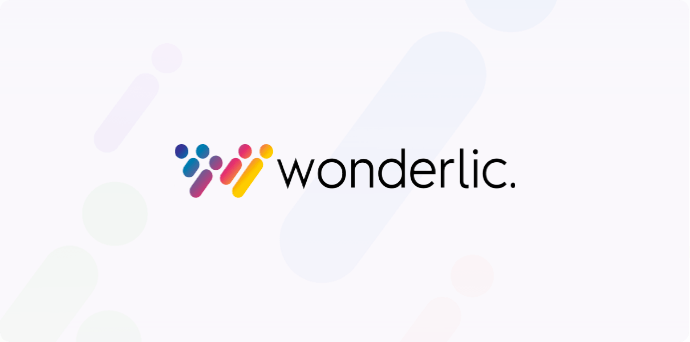With the increased focus on student loan repayment rates and gainful employment, it’s more important than ever that schools take an active role in ensuring their students are prepared for not only the academic responsibilities of higher ed, but the financial ones as well.
Traditionally, lenders don’t help students create a monthly budget that includes their repayment obligations, and loan amortization schedules can be just a blur of numbers that don’t reveal the true impact of interest and lengthy repayment plans.
Wonderlic and the
Imagine American Foundation (IAF) learned through their
Educational Benchmark Study that students are more likely to follow through on their loan payments if they are made aware of such commitments during the enrollment process.
One tool schools can use during enrollment is
Financial Planning Made Simple (FPMS). This interactive, easy-to-use animated tutorial from IAF helps students set realistic budgets, while at the same time outlines a loan repayment plan and explains the various repayment options and costs.
In a survey led by Wonderlic, results show that the FPMS tutorial is already impacting student borrowers. 90% of respondents gave a favorable rating when asked if the tutorial provided financial information that was useful to them. After watching the tutorial, 41% of career college students indicated that they decided to borrow less money for school.
The survey results also demonstrated other changes students made after viewing the tutorial:
- 54% eliminated "wants" from their budget
- 50% created a budget
- 48% re-evaluated their budget
- 25% obtained part-time employment
- 19% took out a lower amount of student loans
- More than 95% said they would recommend the FPMS tutorial to other students.
Implementing a tool like Financial Planning Made Simple into the admissions and financial aid process can positively impact the lives of students during and after completion of school. At the same time, schools can work towards improving two critical metrics: repayment rates and gainful employment numbers.


